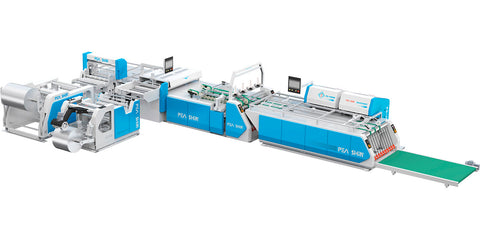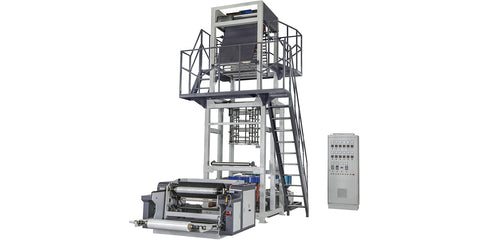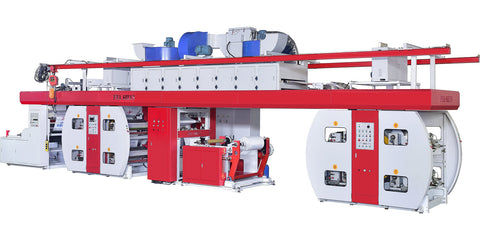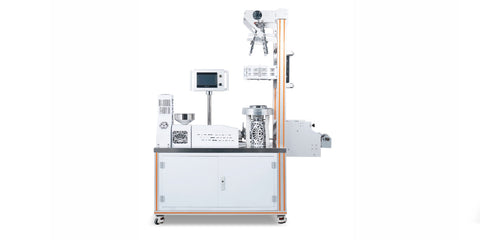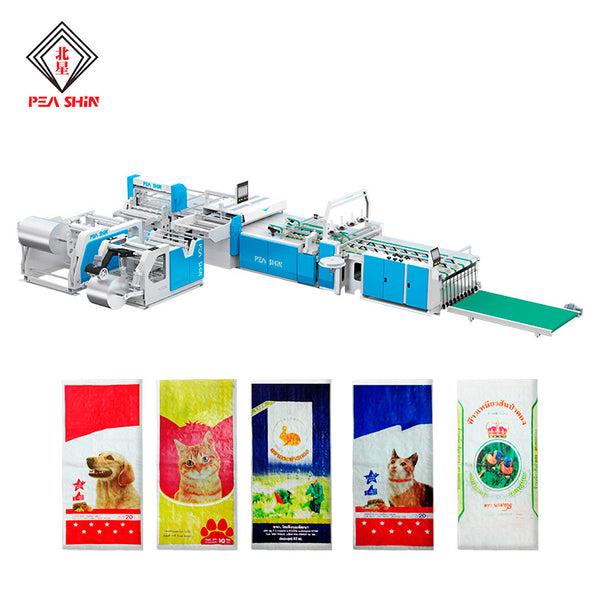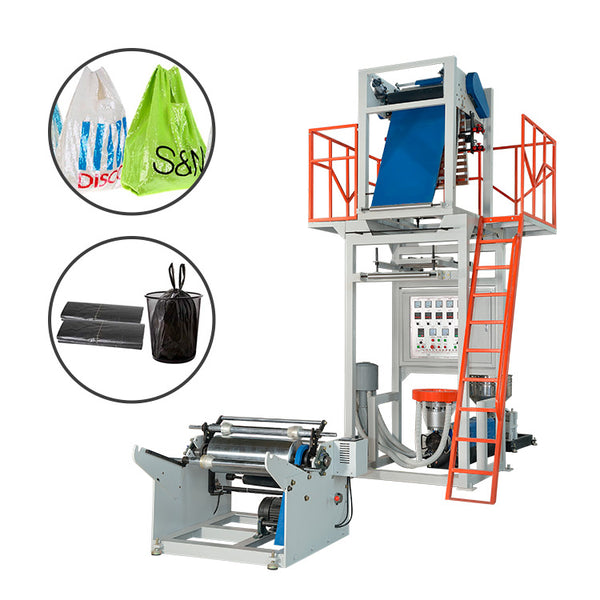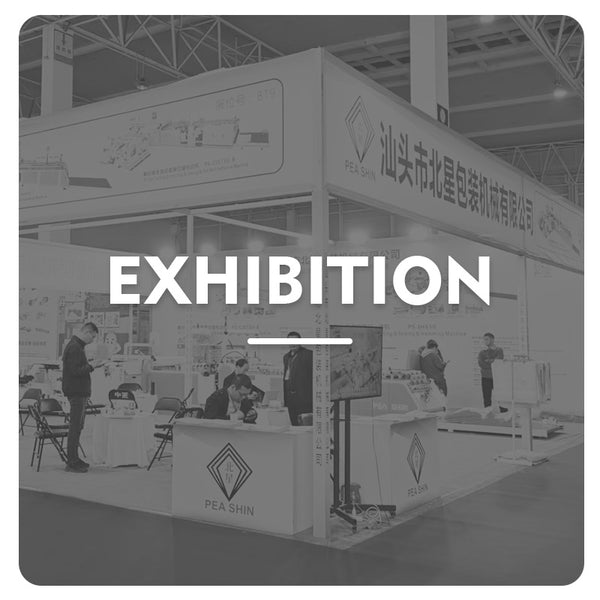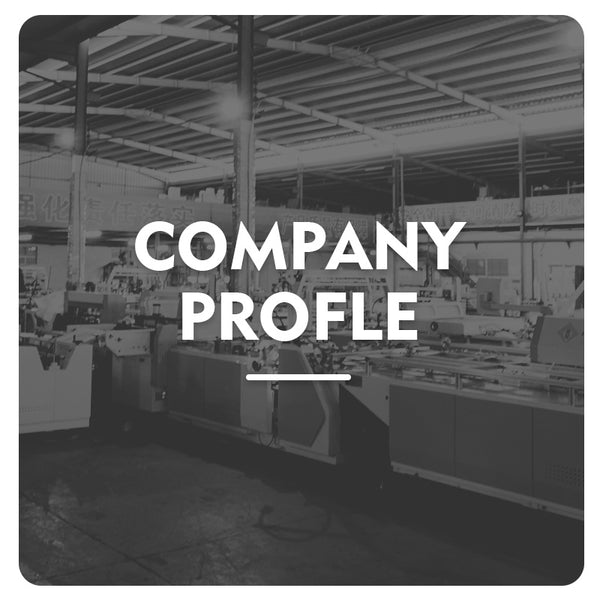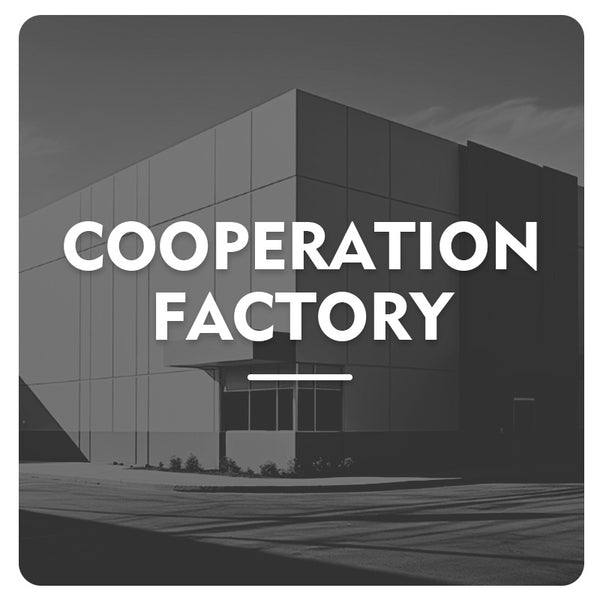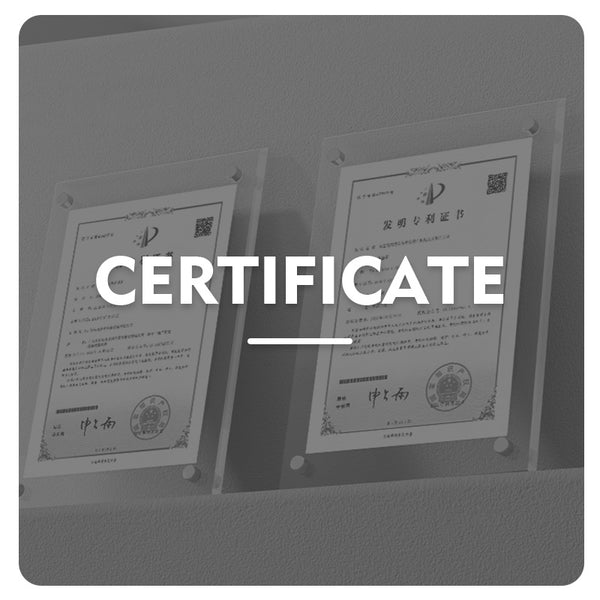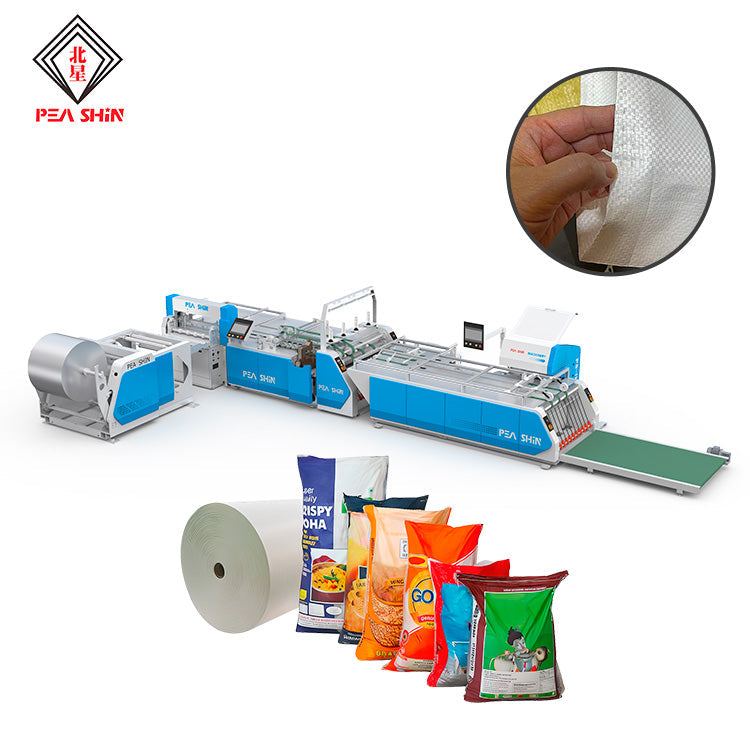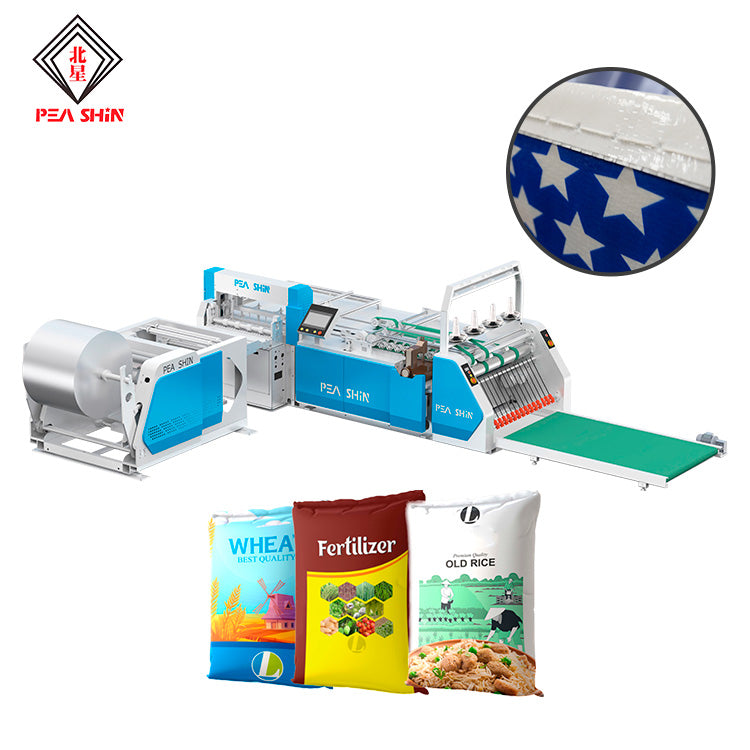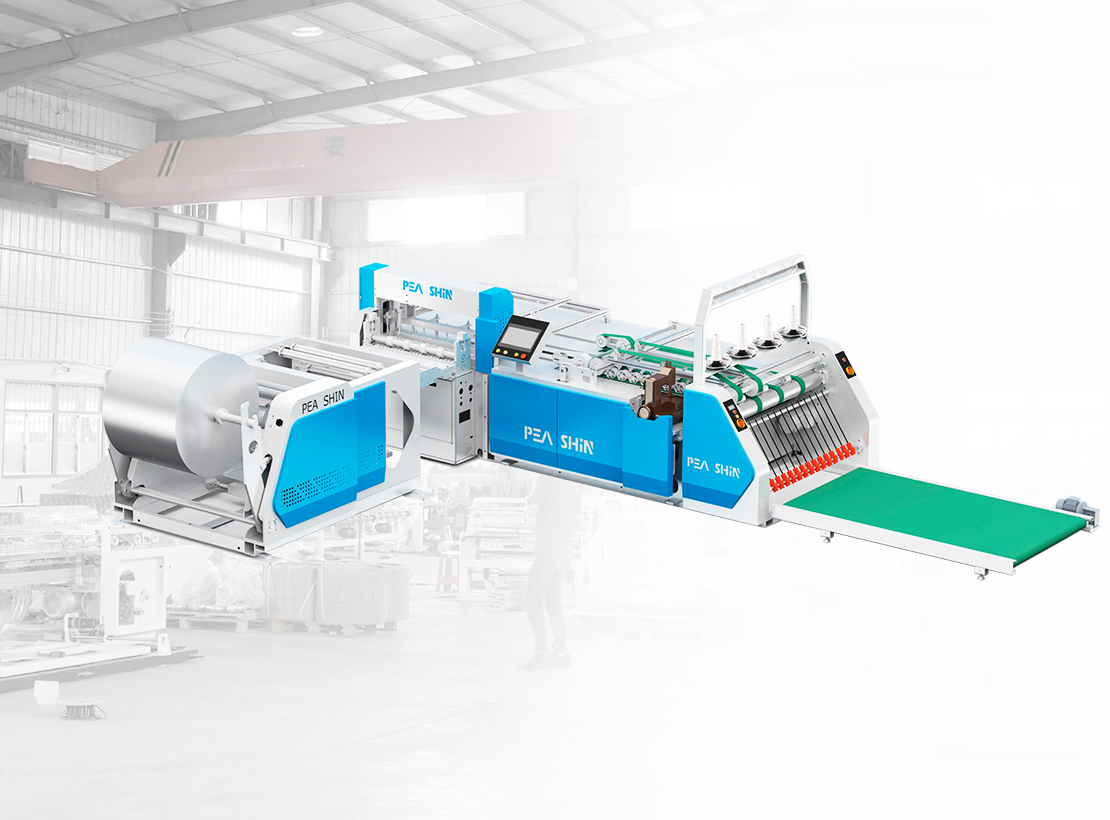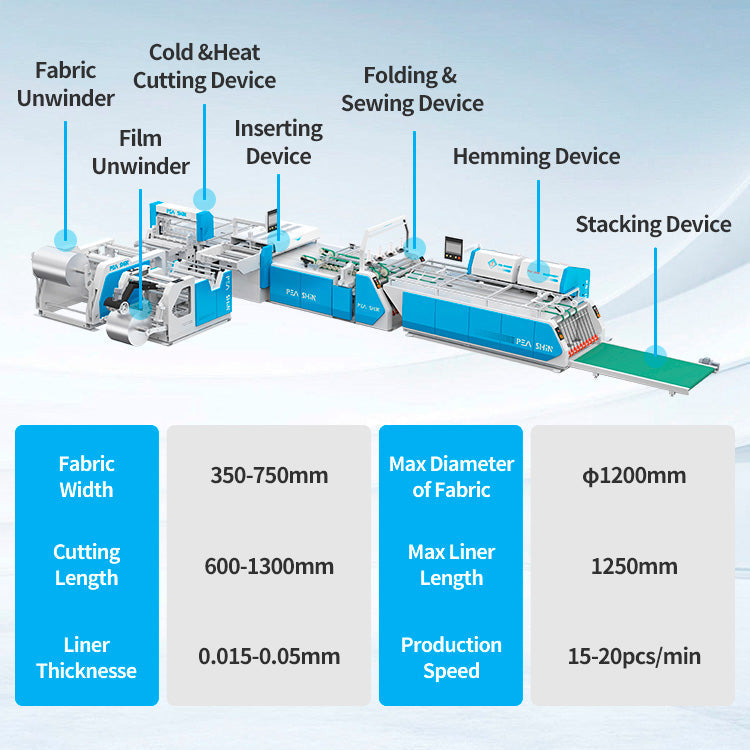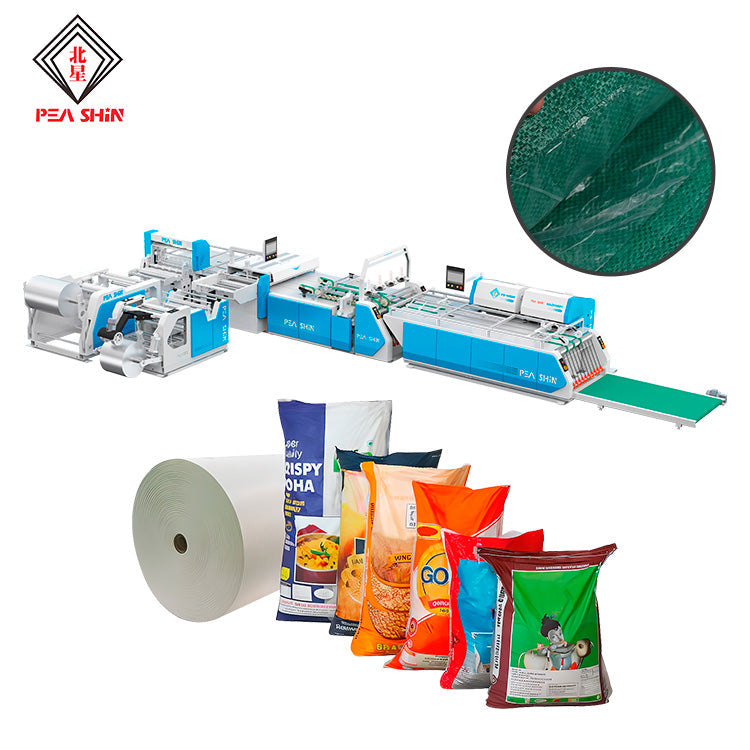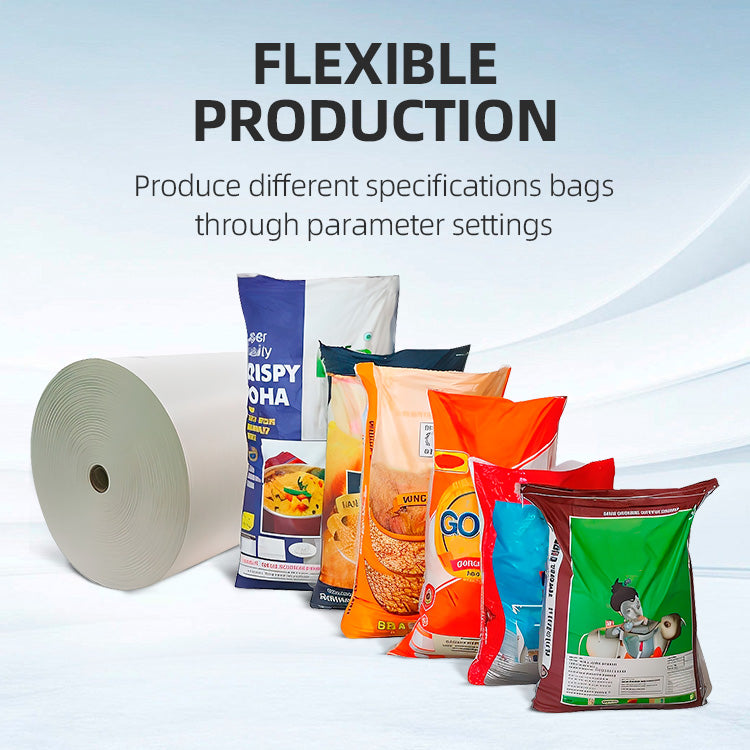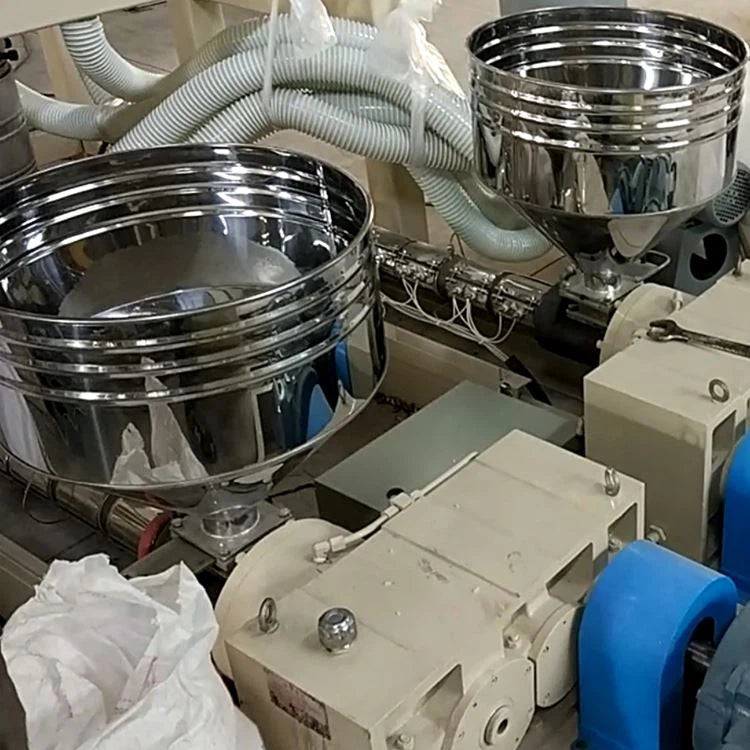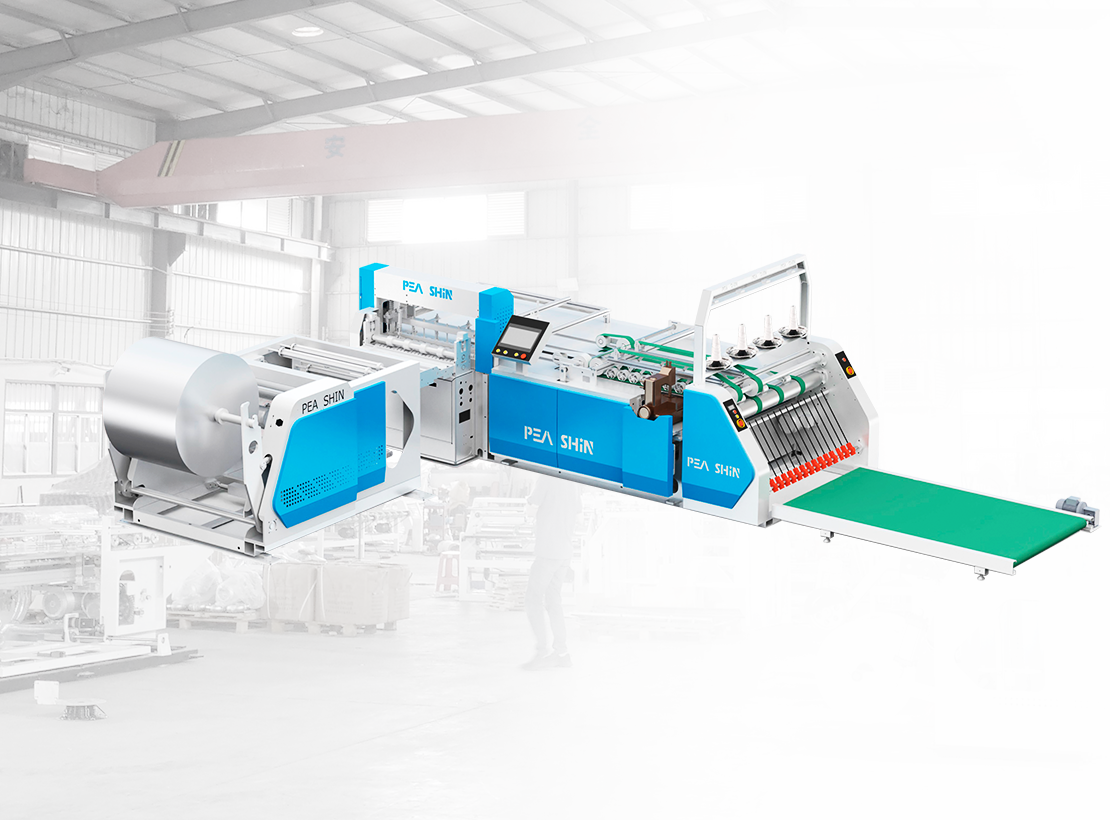A Deep Look Into ZX Zhengxin Bag Making Machines and Their Market Position
Wenzhou Zhengxin, commonly recognized in the industry as ZX, is one of the most visible Chinese manufacturers of bag making machines. Over the last decade, ZX has developed a strong presence in markets focused on woven PP bag production, nonwoven packaging, and a variety of industrial bag formats. Their machines appear frequently in factories across Asia, the Middle East, Africa, and parts of Europe, especially among buyers seeking mid-range equipment at competitive prices. Understanding ZX’s strengths and challenges is essential for manufacturers evaluating whether the company fits their production strategy.
One of the most prominent advantages of ZX lies in its pricing structure. Compared to brands positioned at the high-end segment, such as Starlinger or Lohia, ZX machines are often considered a cost-effective entry point. This pricing advantage enables small and medium-sized factories to begin production without the significant capital expenditure associated with premium brands. For manufacturers prioritizing budget, ZX equipment offers a practical balance between cost and function.
ZX machines are also known for their mechanical simplicity. Many factories appreciate that the equipment does not require overly complex calibration or advanced digital systems to operate. For workforce environments where technicians may not have extensive training, simpler adjustments and manual controls make daily operation manageable. This approach helps factories avoid long learning curves and reduces operational errors, especially in markets with limited technical labor.
However, the simplicity of ZX machines also presents limitations. As global demand shifts toward automation, precision, and digital monitoring, more manufacturers seek equipment capable of servo-driven accuracy, real-time diagnostics, and automated quality control. ZX machines typically rely more on traditional mechanical systems, which can restrict output consistency when running high-speed or high-volume production.
Another common challenge arises from variability in ZX configurations. Because the brand offers numerous custom or semi-custom models, factories report differences in stability between machine batches. While some lines run smoothly for long periods, others may require more frequent adjustments or maintenance. This inconsistency can affect planning for long-term production schedules, especially when fulfilling export orders with strict quality requirements.
Support and service availability also influence the perception of ZX in the market. While the brand has expanded internationally, some regions still experience delays in obtaining spare parts or technical assistance. For manufacturers operating in remote areas, downtime caused by maintenance delays can significantly impact production efficiency. This limitation encourages some factories to consider alternative brands offering stronger global service networks.
The performance level of ZX machines is generally suited for factories producing standard woven PP bags, simple shopping bags, or multipurpose industrial sacks. When handling uncomplicated bag formats, ZX equipment delivers acceptable cutting precision, sealing quality, and speed. However, when compared to more advanced bag making machines, ZX systems can fall behind in applications requiring laminated materials, multi-layer structures, or high-speed continuous operation.
Another factor influencing the brand’s market perception is energy consumption. Many ZX models use traditional motors rather than energy-efficient servo systems, resulting in higher power usage compared to modern alternatives. As energy costs continue rising globally, manufacturers seeking long-term operational savings often prioritize equipment optimized for low consumption. This trend has increased interest in brands focused on energy-saving designs, pushing ZX into a more traditional category.
Despite these limitations, ZX Zhengxin remains a strong competitor within the value-focused segment. Their machines continue to attract factories prioritizing low initial investment and familiar mechanical design. For regions where labor costs are low and technical training is accessible, the simplicity of ZX systems can still be advantageous. The brand’s market presence also benefits from consistent exports and broad visibility, especially among buyers searching for affordable solutions.
As the industry continues evolving toward full automation, digital control, and integrated production lines, manufacturers evaluating ZX must consider whether the brand aligns with their long-term goals. For businesses needing precision, speed, and flexibility, modern equipment from innovative brands may provide a stronger competitive advantage. On the other hand, manufacturers operating in stable, low-cost environments may find ZX perfectly adequate for their production needs.
In summary, ZX Zhengxin bag making machines occupy a reliable position in the mid-range segment of the global market. Their affordability and mechanical simplicity attract many factories, while their slower adoption of automation technologies presents limitations for highly competitive manufacturing environments. Understanding these strengths and trade-offs helps businesses make informed decisions about whether ZX represents the right fit—or whether alternative machinery better supports growth in today’s rapidly changing packaging industry.
